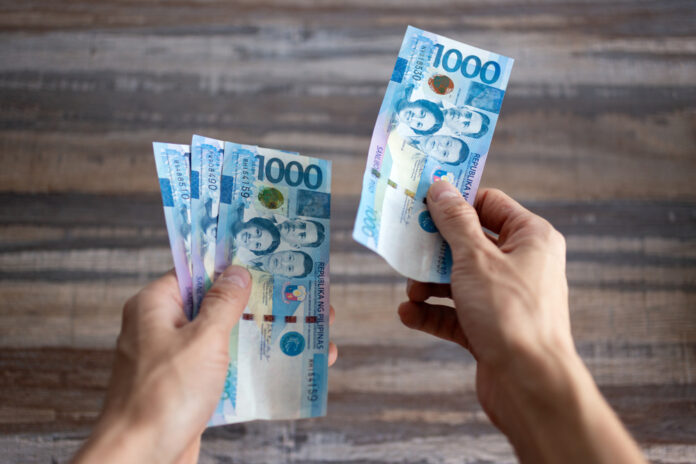Bank lending in the Philippines accelerated in May, underpinned by continued domestic liquidity expansion, according to preliminary data from the Bangko Sentral ng Pilipinas (BSP).
Outstanding loans issued by universal and commercial banks (U/KBs) rose by 11.3 percent year-on-year, up slightly from 11.2 percent in April, reflecting strong credit demand from both businesses and consumers. Seasonally adjusted, lending rose by 0.9 percent month-on-month.
The rise in credit activity coincided with a 5.5 percent year-on-year increase in domestic liquidity (M3), amounting to ₱18.4 trillion in May. This suggests that improving liquidity conditions are supporting loan growth—a key transmission channel for BSP’s monetary policy. Claims on the private sector continued to underpin liquidity expansion, despite a slight moderation to 10.9 percent growth in May from 11.5 percent in April.
Business loans rose by 10.2 percent, driven by trade, real estate, and transport sectors, although growth was tempered by a continued decline in manufacturing loans (-3 percent). Meanwhile, consumer lending surged by 23.7 percent, with strong demand across personal credit categories.
The BSP noted that it will continue to monitor liquidity and credit conditions to ensure alignment with its overarching objectives of price and financial stability. The central bank emphasized that the current pace of monetary transmission through bank lending remains consistent with its policy stance.
Despite domestic liquidity gains, net foreign assets (NFA) declined by 4.6 percent, attributed largely to peso appreciation and external liabilities of banks. Still, the BSP reaffirmed its commitment to maintaining macro-financial stability amid evolving global and domestic financial conditions.







